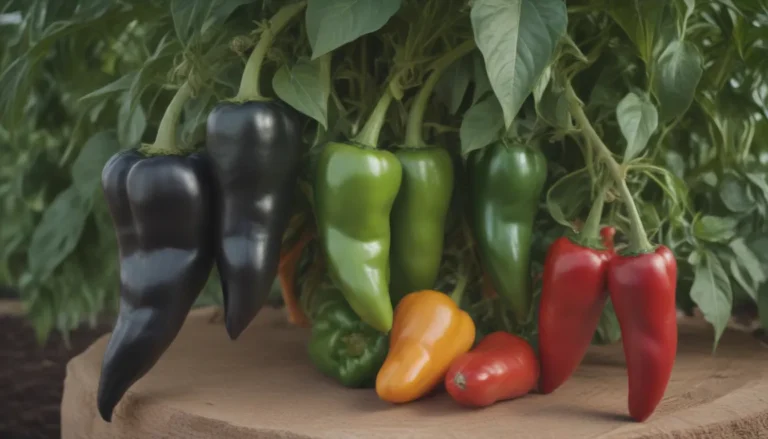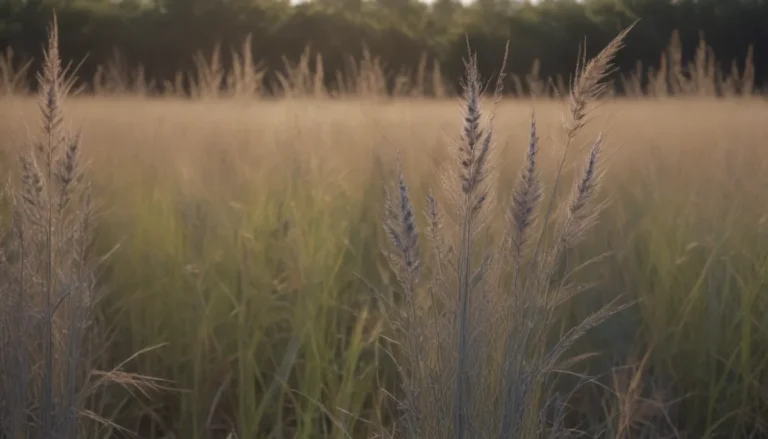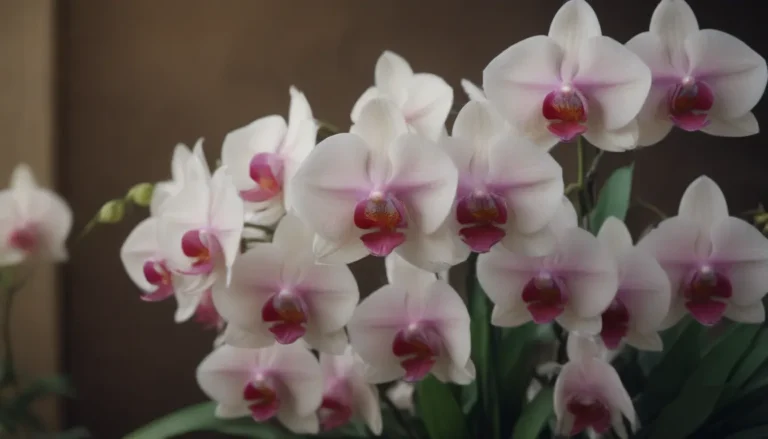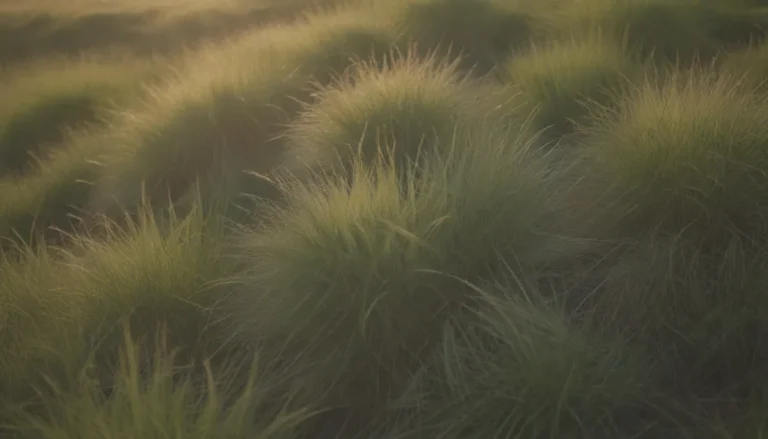A Comprehensive Guide to Growing and Caring for Calliopsis (Tickseed)
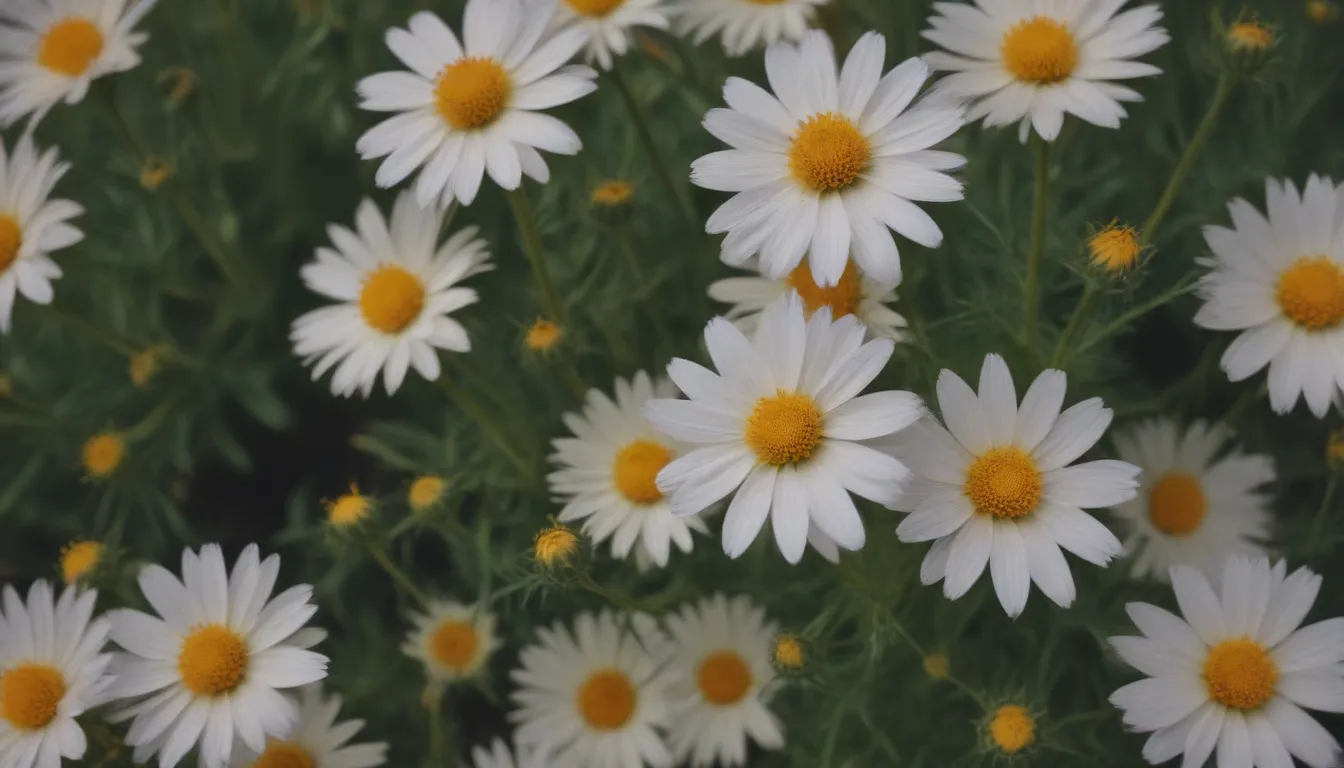
Are you looking to add a burst of vibrant color to your garden beds or cutting garden? Look no further than the calliopsis, also known as tickseed. This annual plant, a member of the Coreopsis genus, is a prolific bloomer that is easy to grow and care for, making it an ideal choice for beginner gardeners and seasoned pros alike.
Why Choose Calliopsis?
– Abundant blooming
– Prolific self-seeder
– Beautiful addition to garden beds or cutting gardens
Calliopsis Care
Growing calliopsis is a breeze, even for those new to gardening. These plants are native to hot, dry climates and are not picky about soil conditions or watering routines. However, they do require full sun to produce the best blooms, so be sure to plant them in a sunny spot in your garden. Here are some essential care tips for calliopsis:
Light
Like many flowering plants, calliopsis thrives in direct sunshine. To ensure vibrant and abundant blooms, plant them in a location that receives full sun. While they can tolerate partial sun, the blooms may not be as outstanding.
Soil
Calliopsis prefers sandy, well-drained soil, but they are adaptable and can tolerate dry, rocky conditions. Native to the rocky landscape of the western United States, these plants are hardy and can thrive in challenging soil conditions where other plants may struggle.
Water
Hardy and drought-resistant, calliopsis plants do not require frequent watering. Be sure to allow the soil to dry out between watering sessions. In many climates, rainfall may provide enough moisture for these plants. However, if you live in a dry climate, check the soil moisture levels regularly and water when needed.
Temperature and Humidity
Calliopsis is native to hot, dry climates like the western United States and the Andes. While they prefer warm temperatures, they can tolerate some humidity as long as the soil has good drainage. These plants bloom most abundantly during the hot summer months.
Fertilizer
Generally, calliopsis does not require fertilization. In fact, too much fertilizer can harm the plant’s health and blooming activity. If your soil lacks nutrients, you can add wood chips around the base of the plant for slow-release nourishment. Compost or composting tea are also effective options for fertilizing calliopsis.
Combatting Pests
Snails and aphids are common pests that may be attracted to calliopsis plants. To keep these pests at bay, consider the following tips:
– Remove snails by hand from the plants
– Use snail bait to deter them
– Treat aphids by spraying the plant leaves with a soap solution every few days until they are gone
Propagating Calliopsis
If you want to propagate calliopsis intentionally, there are two main methods you can use: seeds or clump division. Clump division is often recommended and is best done in spring. Here’s how to propagate calliopsis by division:
- Divide the plant clumps in spring
- Replant the divided clumps in well-drained soil
- Water gently and ensure the plants receive adequate sunlight
Varieties of Calliopsis
While calliopsis is a variety within theCoreopsisgenus, there is one common sub-type of the calliopsis plant. With its single-hued or variegated petals, this plant adds a touch of elegance to any garden.
Growing Calliopsis From Seeds
Starting calliopsis from seeds is relatively straightforward. Whether you purchase seeds or collect them from your garden, here are some tips for growing calliopsis from seeds:
- Start seeds in an indoor greenhouse at the end of winter
- Sow seeds in the garden after the last frost or in early spring
- Direct sow seeds from mid-March to May for best results
- Consider sowing seeds in the fall in mild winter climates
It’s important to note that calliopsis seeds are attractive to snails, so be proactive in protecting your plants from these pests. Aphids may also be a problem, but a simple soap solution can help get rid of them without harming the plant.
In conclusion, calliopsis is a beautiful and low-maintenance plant that can thrive in a variety of growing conditions. By following these care tips and propagation methods, you can enjoy a garden filled with vibrant blooms year after year. Add a touch of color and elegance to your outdoor space with the stunning calliopsis plant. Happy gardening!
